Distinguishing Features and Traits of Alpine Dachsbracke Compared to Other Hunting Breeds
Welcome to our comprehensive guide on the distinguishing features and traits of the Alpine Dachsbracke, a remarkable hunting breed that stands out amongst its peers. In this article, we will delve into the unique characteristics of this breed and how it compares to other hunting breeds. The Alpine Dachsbracke, also known as the Austrian Hound, is a breed with a rich history and distinctive qualities that make it a favorite among hunters and dog enthusiasts alike. Let’s dive right in!

Origin and History
The Alpine Dachsbracke traces its origins back to Austria, where it was developed for tracking and trailing small game, especially in the mountainous regions. The breed’s history can be dated back to the early 19th century when it was selectively bred by crossing various local hound breeds. The primary goal was to create a versatile hunting dog capable of working in challenging terrains and harsh weather conditions.

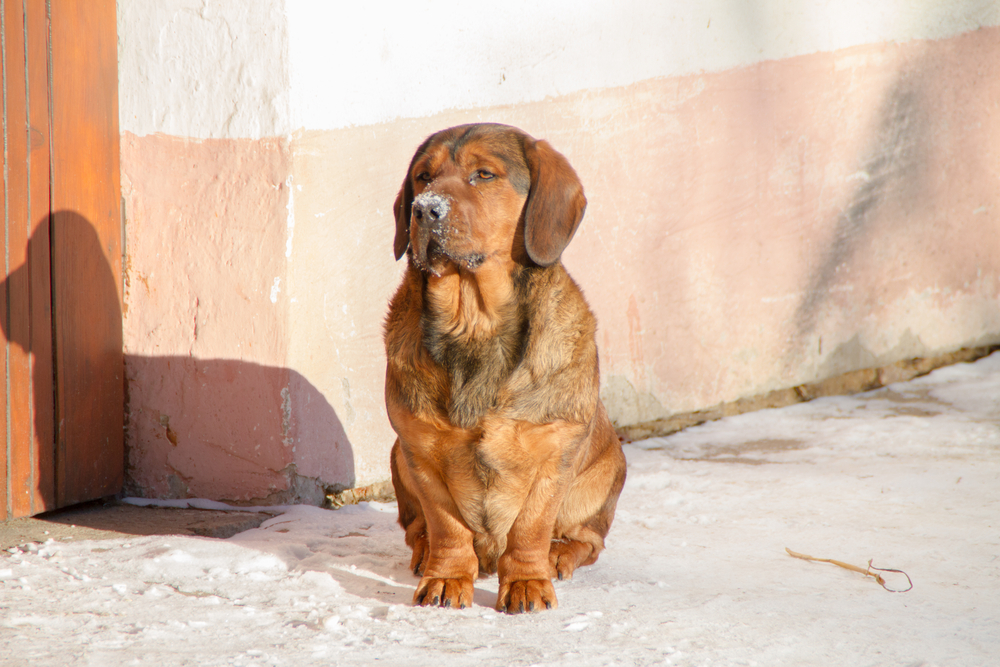
Physical Appearance
One of the most noticeable traits of the Alpine Dachsbracke is its compact and muscular build. This breed typically stands at about 13 to 15 inches at the shoulder and weighs between 30 to 40 pounds, making it a medium-sized dog with incredible agility. Its short, dense coat is weather-resistant, providing protection during hunting expeditions in rugged landscapes.
Temperament and Behavior
Alpine Dachsbrackes are known for their friendly and sociable nature. They are intelligent, obedient, and possess an inherent sense of loyalty towards their owners. These dogs are quick learners, which makes training relatively easier compared to some other hunting breeds. Additionally, their affectionate and gentle disposition makes them excellent family pets, getting along well with children and other animals.
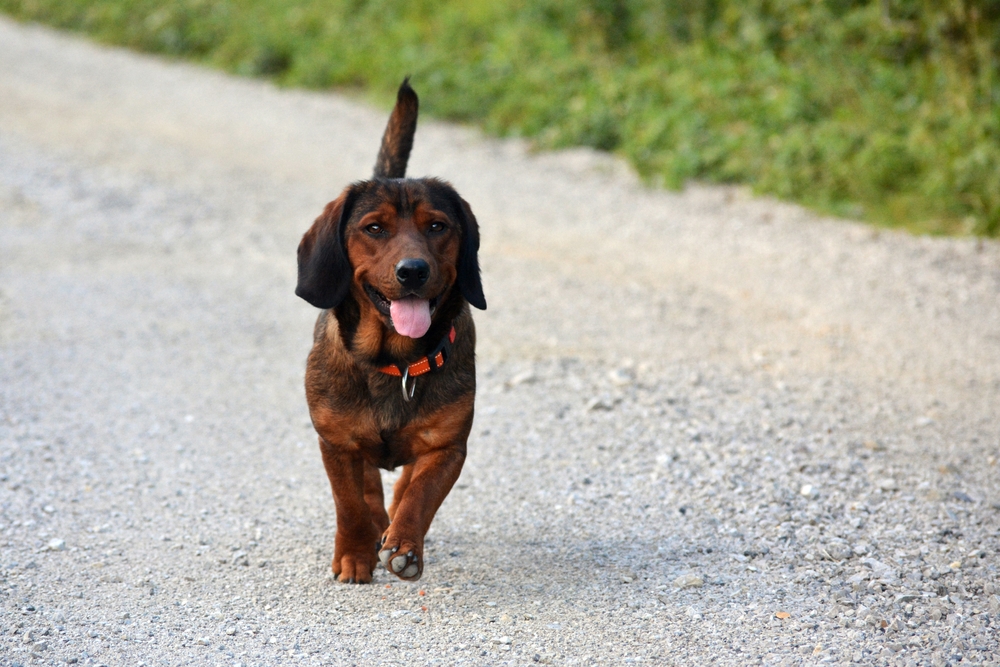
Hunting Skills
When it comes to hunting, the Alpine Dachsbracke truly shines. Its exceptional scenting abilities and strong tracking instincts make it an asset in the field. These dogs are particularly adept at tracking wounded game, demonstrating both patience and determination until the prey is located. Their small size allows them to maneuver through dense undergrowth, ensuring they don’t lose the scent trail.
Comparing with Other Hunting Breeds
1. Alpine Dachsbracke vs. Beagle
While both the Alpine Dachsbracke and the Beagle are exceptional hunting dogs, they do have some differences. The Dachsbracke is slightly larger and has a more muscular build compared to the Beagle. On the other hand, Beagles are known for their friendly and outgoing temperament, making them great family companions. However, the Alpine Dachsbracke’s tracking abilities are often considered superior, especially in challenging mountainous terrains.
2. Alpine Dachsbracke vs. Basset Hound
The Basset Hound and the Alpine Dachsbracke share a similar body structure, both being low to the ground with long ears. However, the Dachsbracke is more compact and has a higher energy level compared to the Basset Hound. While Basset Hounds are known for their exceptional scenting abilities, the Alpine Dachsbracke’s agility and endurance give it an edge in difficult hunting environments.
3. Alpine Dachsbracke vs. English Foxhound
The English Foxhound is a larger breed known for its speed and endurance in hunting. In comparison, the Alpine Dachsbracke may not be as fast, but it makes up for it with its exceptional tracking skills and adaptability in mountainous regions. The Foxhound’s size makes it more suitable for fox hunting, while the Dachsbracke is more adept at hunting smaller game like rabbits and hare.
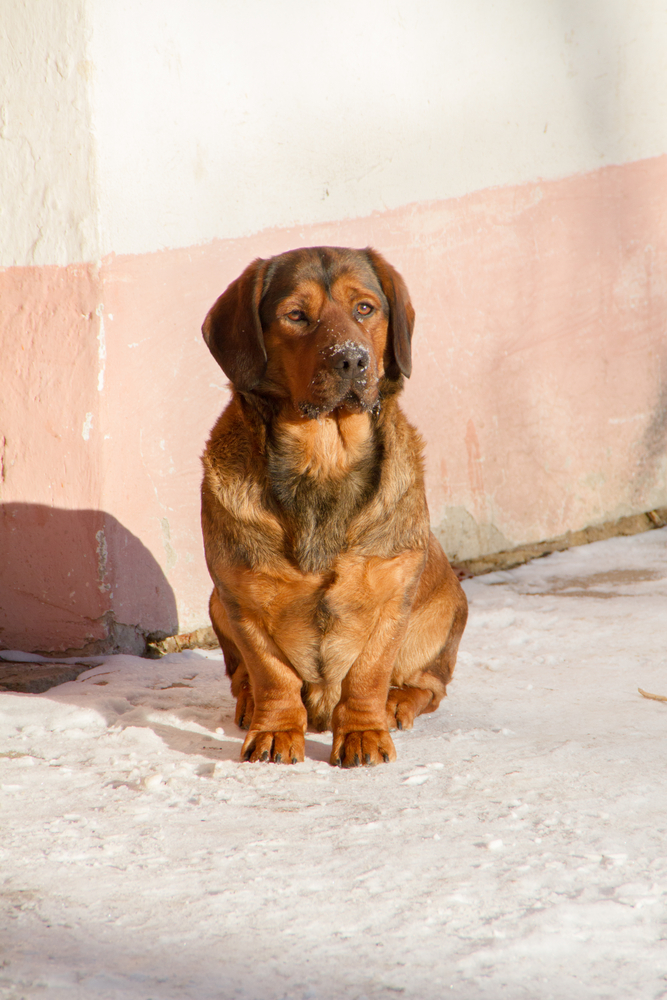
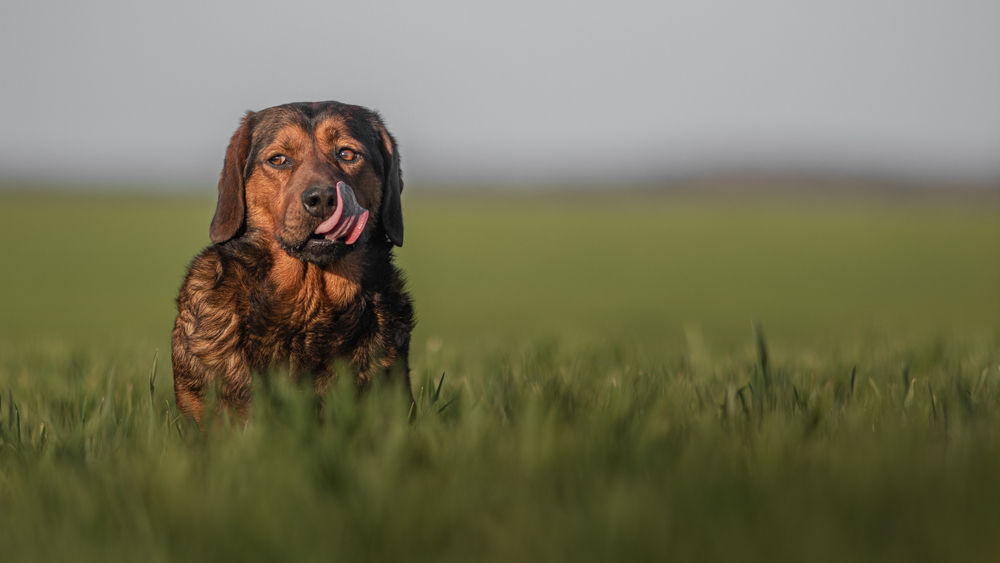
Training and Exercise
To bring out the best in the Alpine Dachsbracke, consistent and positive training methods are essential. Early socialization is crucial to ensure they grow up to be well-mannered and well-adjusted dogs. As hunting breeds, they require regular exercise and mental stimulation to prevent boredom and destructive behaviors. Long walks, challenging games, and scent-based activities are ideal to keep them engaged and happy.
Health and Care
The Alpine Dachsbracke is generally a healthy breed, thanks to its robust constitution. However, like all breeds, they may be prone to certain health issues such as hip dysplasia and ear infections. Regular veterinary check-ups, a balanced diet, and proper grooming are essential to keep them in top-notch condition. Additionally, providing adequate space and opportunities for exercise is vital to their overall well-being.
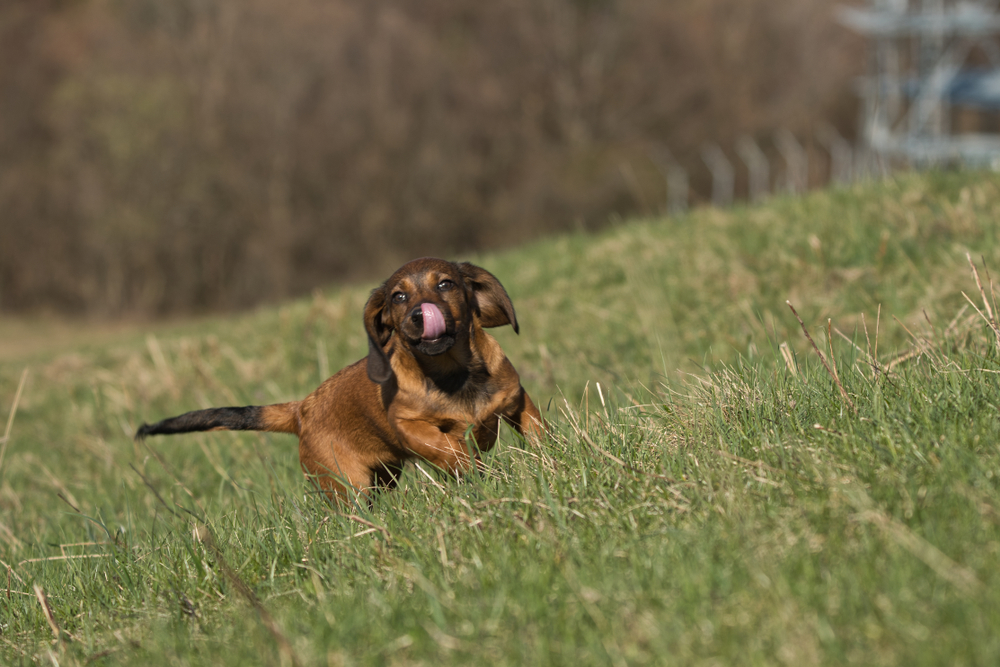
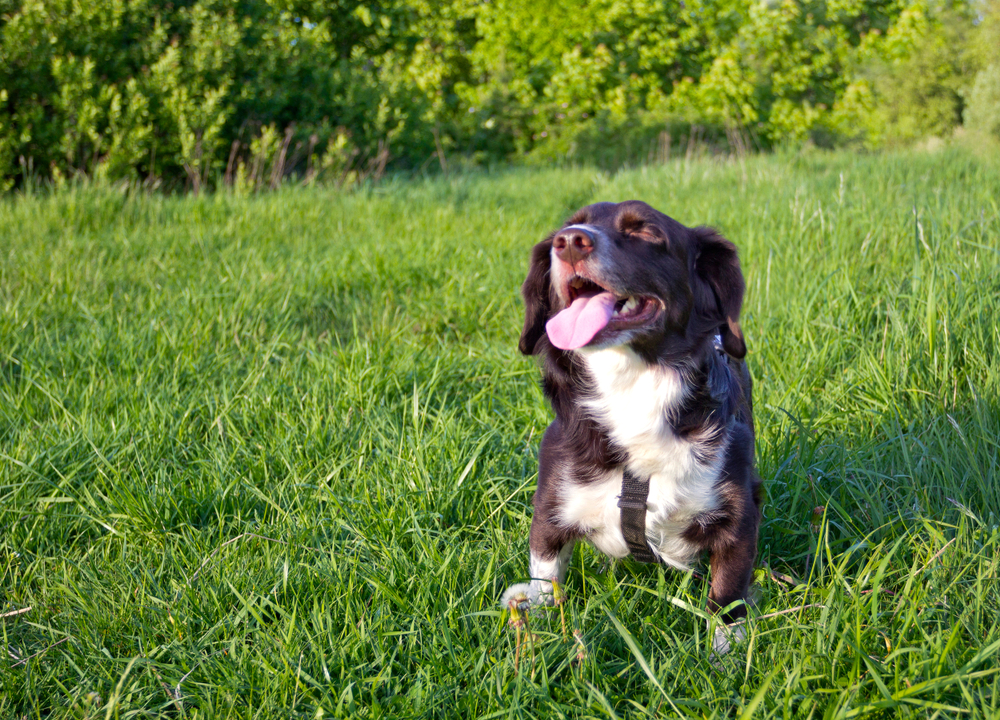
Distinguishing Features and Traits of Alpine Dachsbracke Compared to Other Hunting Breeds
The Alpine Dachsbracke is generally a healthy breed, thanks to its robust constitution. However, like all breeds, they may be prone to certain health issues such as hip dysplasia and ear infections. Regular veterinary check-ups, a balanced diet, and proper grooming are essential to keep them in top-notch condition. Additionally, providing adequate space and opportunities for exercise is vital to their overall well-being.